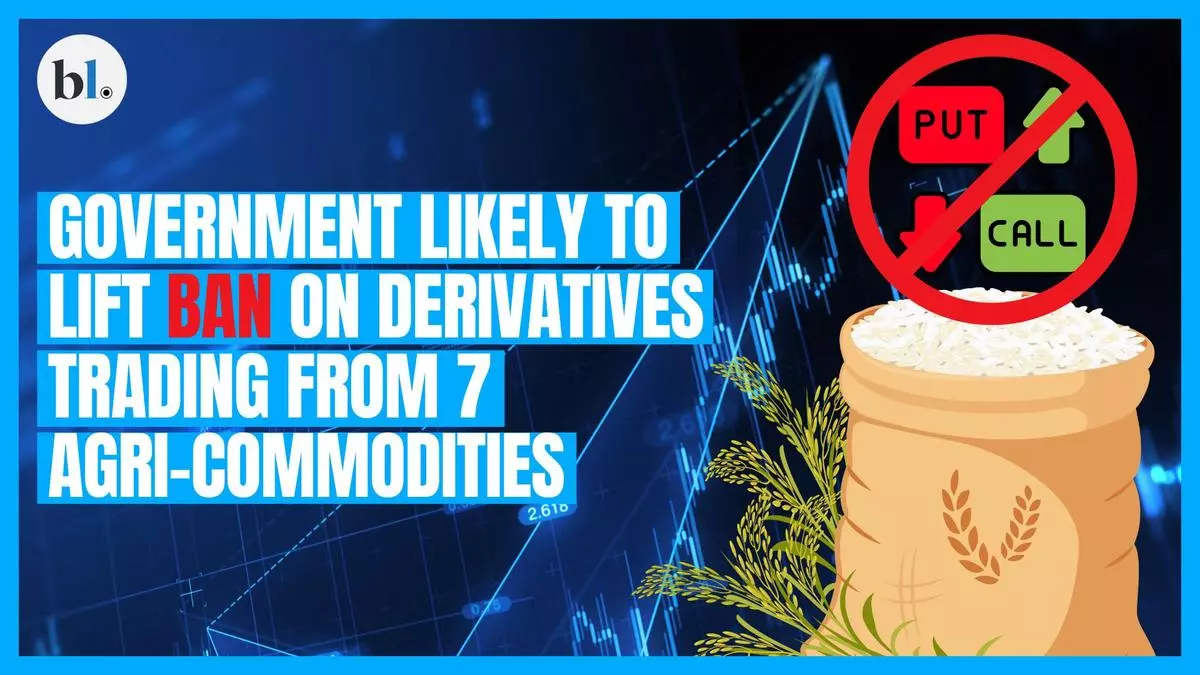The agricultural landscape of India is undergoing significant change, but one issue persistently plagues the sector — crop residue burning, especially in the rice-growing states of Punjab and Haryana. While this practice offers farmers a quick and cost-effective way to clear fields post-harvest, it exacts a heavy toll on the environment (dreadful Delhi pollution being a stark reminder), human health, and agricultural sustainability.
As per the recent study conducted by Farlense, stubble burning not only exacerbates climate change but also poses severe health risks, with a nearly two-fold increase in respiratory issues, resulting in 14.9 million Disability-Adjusted Life Years (DALYs) lost annually. Further, the cost to the Indian economy is staggering — over $30 billion annually — factoring in healthcare expenses and reduced agricultural output.
- Read also: Role of technology in delivering farm-fresh goods
The challenge is complex: stubble burning is not just a matter of habit but is deeply rooted in traditional agricultural practices. The existing methods of managing crop residue — often labour-intensive and costly — present substantial barriers to change. Consequently, despite the widespread awareness of its detrimental effects, many farmers still continue to burn crop residue given the lack of viable alternatives.
Residue management
However, innovative solutions are emerging. One of the most promising solutions lies in in-situ crop residue management, such as mulching and direct-seeded rice (DSR), where residues are left in the field to decompose or are incorporated back into the soil, improving nutrient retention and reducing the need for chemical fertilisers. At the same time, advanced machinery such as Happy Seeder and Zero-Till Drill can help in reducing the labour and time needed for residue management.
The Farlense study also estimated nutrient retention in the soil of areas where residue management practices, such as mulching, were implemented. Approximately, 11 kg of nitrogen, 4.55 kg of phosphorus, 17.4 kg of potassium and 200 kg of carbon would be retained per each tonne of paddy straw and incorporated into the soil if in-situ crop residue management measures are practised. These results underscore the need for sustainable residue management, not only to reduce pollution but also to preserve and enhance soil fertility.
Additionally, ex-situ management practices, which involve utilising crop residues for other purposes, are gaining traction. Biomass co-firing, for example, offers a way to turn agricultural waste into a source of energy. Similarly, agricultural residues are increasingly being used to create eco-friendly products such as mats, handicrafts, and building materials. For instance, rice stubble (parali) is now being used to replace other non-sustainable materials like leather, plastics, or wood in the production of purses, lights and decorative items.
- Read also: Agrochemical sector to see higher growth next fiscal on stable domestic demand and recovery in export volumes’
Raising awareness
With concerted efforts and the integration of technology, there is growing hope that the future of Indian agriculture can be both more sustainable and economically viable. At Roots Foundation, we have seen how these solutions can make a difference on the ground.
Through our crop residue management initiative, “Project Bhoomi,” we have been raising awareness and garnering support against stubble burning through various sensitisation methods such as distributing IEC materials, radio broadcasts, digital media, Nukkad Nataks (street plays), farmers’ meets, and wall paintings in villages. Roots also works to aid farmers in getting easy access to machinery like Balers and Happy Seeder, as well as connecting them directly with stubble buyers.
This has successfully helped reduce stubble burning across four districts in Haryana, namely Fatehabad, Jind, Sonipat, and Hisar and the red and orange zones of the state—regions most affected by stubble burning—through effective management of crop residue.
- Read also: Grain by grain: Tracing India’s Rice Market Transformation in 2024
Farmer empowerment
One of the key components of our approach at Roots’ is farmer empowerment. By equipping farmers with both the knowledge and tools they need, we ensure that farmers are not just passive recipients of aid but active participants in transforming their agricultural practices. Stories like that of Sukhbir Singh from Bighana village in Haryana, who overcame initial hesitation after participating in one of our training sessions, exemplify this transformation. Similarly, Dayanand from Shahpur Village was able to manage stubble across 250–300 acres thanks to timely equipment access facilitated by Roots. Such success stories have inspired many others to follow suit.
Roots also focuses on leveraging technology for farmer education. By using agricultural apps, websites, and helplines, we have reached thousands of farmers, empowering them with the tools they need to make informed decisions. Moreover, we have also set up WhatsApp groups and established numerous points of interaction at the village level, ensuring that farmers can quickly access solutions to their queries and stay updated on the latest best practices in crop residue management. Over the years, our initiatives have positively impacted over 50,000 farmers, preventing burning on over 5,00,000 acres of farmland, promoting sustainable, cost-effective, and eco-friendly agricultural practices.
- Read also: India’s CPI inflation to ease to 4.7-4.8% in FY25, on lower food prices: Report
While the progress is encouraging, the scale of the problem demands an even broader, more integrated approach. Only a future where sustainable agriculture, cutting-edge machinery, and widespread farmer education come together can lead to a more resilient and prosperous agricultural ecosystem in India.
The author is Managing Director, Farlense Group and Founder, Roots Foundation and Utkarsha Pathak, Partner, Farlense Group.









Leave a Comment